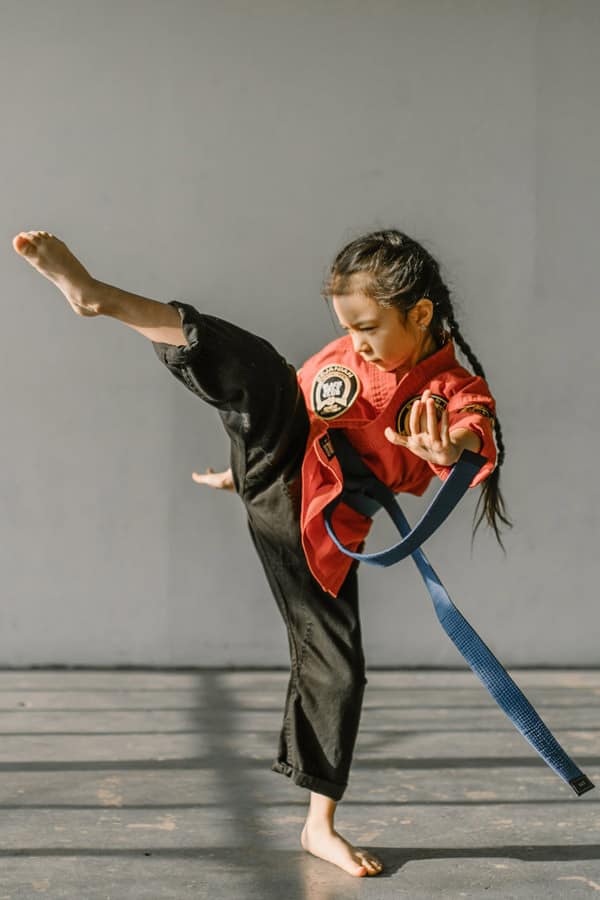The story first
Story by Shubham Gupta on MotivationJet
Once there was a businessman who was sunken in debt and could see no way out. Creditors were closing in on him. Suppliers were demanding payment. He sat on the park bench, head in hands, wondering if anything could save his company from insolvency.
Suddenly an old man appeared before him. “I can see that something is worrying you,” he said. After listening to the executive’s woes, the old man said: “I believe I can help you.” He asked the man his name, wrote out a check, and pushed it into his hand saying, “Take this money. Meet me here exactly one year from today, and you can pay me back at that time.”
Then he turned and disappeared as quickly as he had come.
The business executive saw in his hand a check for $100,000, signed by Andrew Carnegie, one of the richest men in the world at that time!
“I can get rid of my money problems in an instant!” he realised. But instead, the executive
decided to put the uncashed check in his safe. Just knowing it was there might give him the strength to work out a way to save his business, he thought. With revived hope, he negotiated better deals and closed several big sales. Within a few months, he was out of debt and making money once again.
Exactly after one year, the executive returned to the park with the uncashed check of $100,000. At the same time, the old man appeared there. But just as the executive was about to hand back the check and share his success story, a nurse came running up and grabbed the old man.
“I’m so glad I caught him !” she cried. He is always escaping from the rest home and telling people he’s Andrew Carnegie.
The astonished executive just stood there, stunned. All year long he’d been wheeling and dealing, buying and selling, convinced he had a check of $100,000 behind him.
Suddenly, he realised that it wasn’t the money real or imagined, that had returned his life around. It was his own confidence that gave him the power to achieve anything he went after.
What research says about Confidence
Confidence is what you feel inside. It is a skill which can be developed with practice and through repeated accomplishments. It is something others will notice about you. A study conducted at Carnegie Mellon University’s Center for Behavioral Decision Research found that displaying confidence was more influential in establishing trust than past performance. David DeSteno wrote in his article in the Harvard
Business Review, “Confidence is so alluring that we’re often willing to trust anyone who expresses it, especially when money or other resources are at stake. (Source: The Science of Having More Confidence Blog by Hoffeld Group)
According to neuroscientist Stacie Bloom, vice provost for research and chief research officer at New York University, “Brain imaging shows that making positive, self-affirming choices like these can activate reward centres in the brain—and that creates pleasure and motivation. Put simply, we literally feel good when we are confident. Being confident can also lead others to become more engaged and can make them feel more confident, too.”

Photo Source: Pixabay free images
4 compelling reasons to develop learners who are confident
Confidence is the sweet spot between meekness and arrogance. Cambridge International describes confident learners as those who are secure in their knowledge, unwilling to take things for granted and ready to take intellectual risks. They are keen to explore and evaluate ideas and arguments in a structured, critical and analytical way. They are able to communicate and defend views and opinions as well as respect those of others.
1. Confident learners do not give up easily when under pressure.
They are able to act upon the words of Samuel Beckett, “Ever tried. Ever failed. No matter. Try Again. Fail again. Fail better.”
2. Confident learners are better able to deal with adversity.
When they have confidence, they start defining their values and beliefs and living them in their day to day life. That deep self-belief becomes resilience which makes them strong enough to keep trying, keep persevering despite setbacks.
3. Confident learners are willing to take risks and step outside their comfort zone.
They are comfortable voicing their opinions and taking actions but are also respectful of the views of others. In doing so, they develop a greater trust in themselves and those they engage with, which further boosts their confidence.
4. Confident learners are more likely to ask for help when needed.
Asking for help takes courage, humility and self-awareness. Confident learners do not see it as a sign of weakness and surround themselves with people they can reach out to when in need.
Confidence is the necessary spark before everything that follows
These are the words of the educator and activist Brittany Packnett. In her inspiring TED Talk, she shares her dream for a world where revolutionary confidence helps turn our most ambitious dreams into reality.
5 strategies we implement at Sancta Maria to develop confident learners
1. We focus on the ‘yet’.
We believe in growth mindset and we understand confidence comes from knowing that there will be mistakes, problems, and small losses en route to big wins. We are constantly reminding ourselves as educators, and our learners that they only can’t do it YET.
2. We give learners the responsibility for aspects of their learning.
Confidence comes from a sense of ownership. We discuss the rationale of tasks that may not be appealing but need to be done and give them choices where we can. This can be through homework choice-board, tiered worksheets, setting own assignment deadlines, providing developmentally appropriate study material, among others.
3. We provide our learners useful feedback.
Feedback should make someone feel good about where they are, and get them excited about where they can go. By giving our learners timely, specific feedback which can move them forward towards the intended goal, we also help them feel a sense of accomplishment no matter how much they struggle.
4. We allow our learners many opportunities for success.
During lessons, differentiated instruction helps provide varying levels of challenge for learners. Outside lessons, a wide range of enrichment opportunities are available to all learners to demonstrate their skills and talents. These range from assemblies, inter-house and inter-school competitions to leadership council, student-led club and Teaching Assistant internships within school.
5. We celebrate effort and small wins.
Confidence comes from small wins because every small step moves our learners closer to their big goals. We believe these are reasons to celebrate in both formal and informal ways – displaying student work, honouring student of the month, giving stars and stamps, acknowledging the student’s effort through verbal praise, sending appreciation note to parents, having a class celebration, making announcements during assemblies.
A final point

Photo by RODNAE Productions from Pexels
The quote by John Baldoni, executive coach, keynote speaker and author summarises the post nicely-
“Confidence is like a muscle. If we want it, we must develop it. And once we have it, we must continue to exercise it by accepting challenges that come with getting out of our comfort zone. Confidence is rooted in accomplishment, but it grows through risk and failure, and the will to persevere”.
On a lighter note, Mark Twain once said, “To succeed in life, you need two things: ignorance and confidence.” There must be some merit in his words because years later, the American entrepreneur Mary Kay Ash hinted at something similar when she said, “Aerodynamically the bumblebee shouldn’t be able to fly, but the bumblebee doesn’t know that so it goes on flying anyway.”


